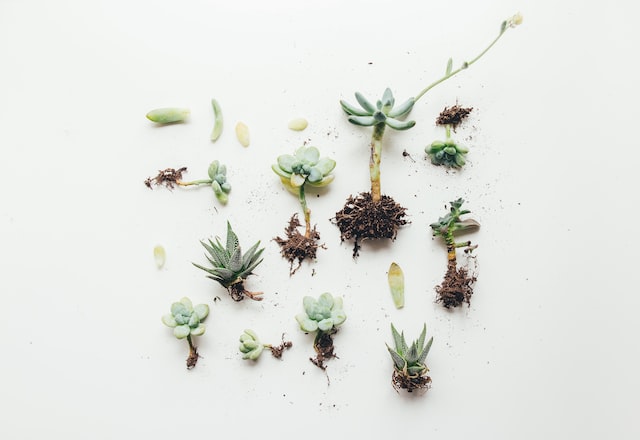I am prone to overwatering my plants. I suspect that this comes from growing up in the desert. That might sound counterintuitive. However, I have this reverence for the magic of water as a result of my desert upbringing. And so subconsciously I tend to think that water will solve all plant problems. Which, of…
